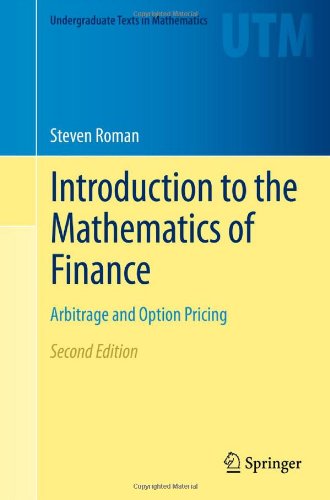

Most ebook files are in PDF format, so you can easily read them using various software such as Foxit Reader or directly on the Google Chrome browser.
Some ebook files are released by publishers in other formats such as .awz, .mobi, .epub, .fb2, etc. You may need to install specific software to read these formats on mobile/PC, such as Calibre.
Please read the tutorial at this link: https://ebookbell.com/faq
We offer FREE conversion to the popular formats you request; however, this may take some time. Therefore, right after payment, please email us, and we will try to provide the service as quickly as possible.
For some exceptional file formats or broken links (if any), please refrain from opening any disputes. Instead, email us first, and we will try to assist within a maximum of 6 hours.
EbookBell Team

0.0
0 reviewsThe Mathematics of Finance has been a hot topic ever since the discovery of the Black-Scholes option pricing formulas in 1973. Unfortunately, there are very few undergraduate textbooks in this area. This book is specifically written for advanced undergraduate or beginning graduate students in mathematics, finance or economics. This book concentrates on discrete derivative pricing models, culminating in a careful and complete derivation of the Black-Scholes option pricing formulas as a limiting case of the Cox-Ross-Rubinstein discrete model.
This second edition is a complete rewrite of the first edition with significant changes to the topic organization, thus making the book flow much more smoothly. Several topics have been expanded such as the discussions of options, including the history of options, and pricing nonattainable alternatives. In this edition the material on probability has been condensed into fewer chapters, and the material on the capital asset pricing model has been removed.
The mathematics is not watered down, but it is appropriate for the intended audience. Previous knowledge of measure theory is not needed and only a small amount of linear algebra is required. All necessary probability theory is developed throughout the book on a "need-to-know" basis. No background in finance is required, since the book contains a chapter on options.